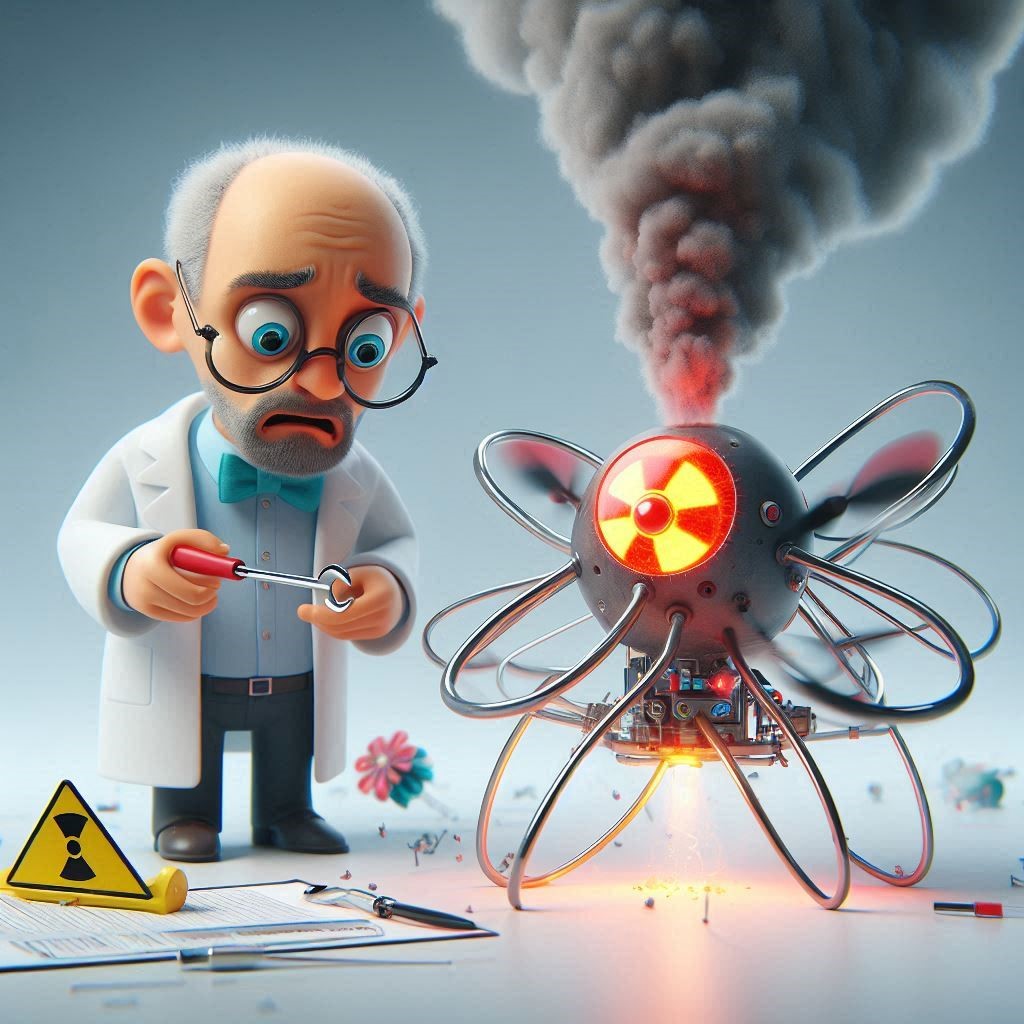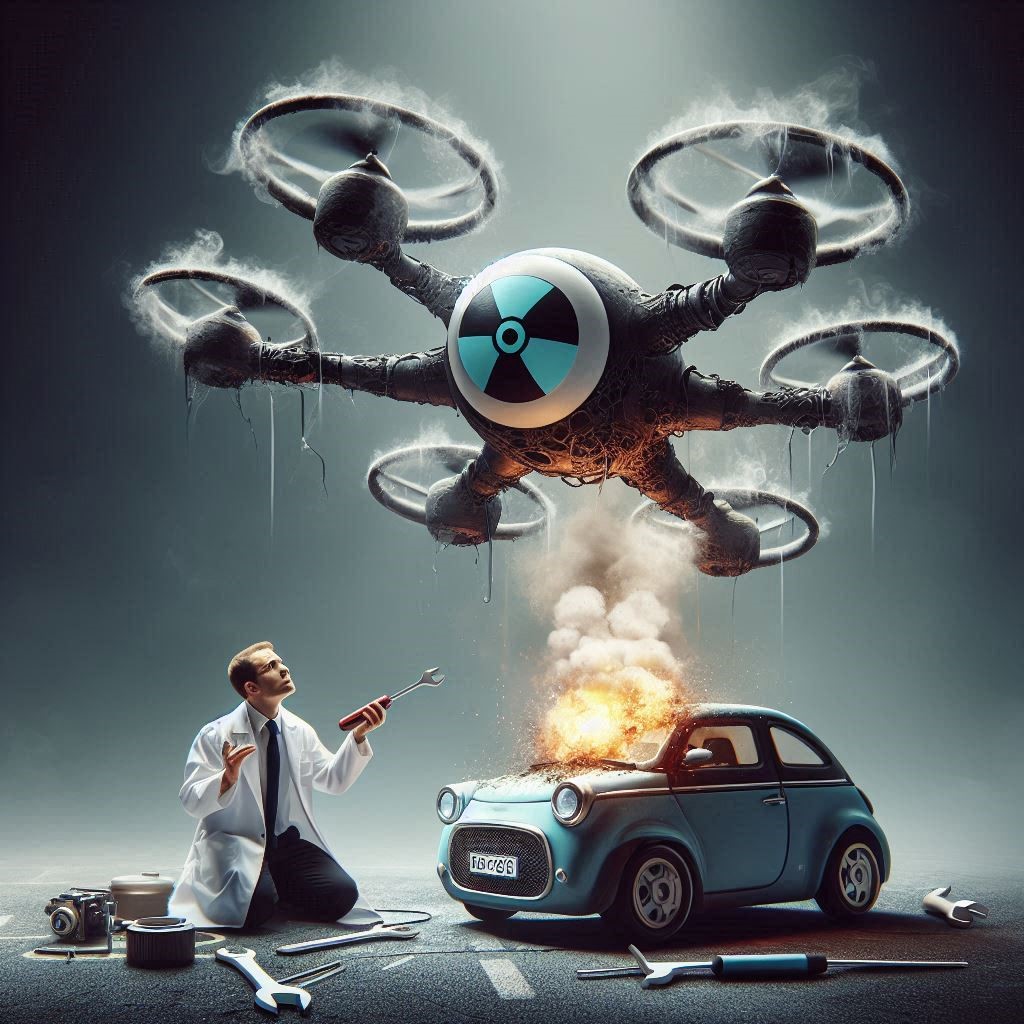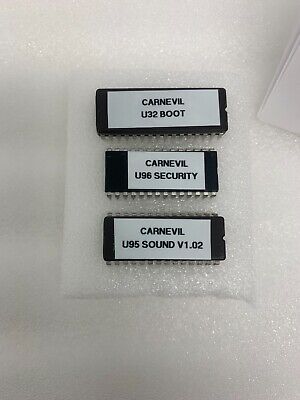Potensic Atom Drone
The Potensic Atom Drone has taken the skies by storm, providing drone enthusiasts with an exhilarating flying experience. Compact and packed with features, this little marvel is perfect for capturing stunning aerial footage or exploring new landscapes. However, like any high-tech gadget, it can come with its fair share of challenges—one of the most concerning being overheating. If you’ve noticed your Potensic Atom Drone struggling during flights or shutting down unexpectedly, you’re certainly not alone. Understanding the nuances of drone care can save you from potential headaches and ensure that your adventures remain uninterrupted. Let’s dive into everything you need to know about addressing and preventing Potensic Atom Drone overheating issues!
Common Overheating Issues
When flying your Potensic Atom Drone, you may encounter various overheating issues. These can hinder performance and lead to potential damage if not addressed.
One common problem is the drone shutting down unexpectedly during flight. This usually happens when internal temperatures rise too high, forcing the system to protect itself from critical failures.
Another issue users face is reduced battery life. Overheating can cause batteries to drain faster than normal, limiting flight time significantly.
In some cases, pilots notice that their drones become less responsive or exhibit erratic behavior due to heat stress on electronic components.
Monitoring these signs early on is crucial for maintaining optimal performance and ensuring a longer lifespan for your drone. Keeping an eye out for any unusual behavior will help you address overheating before it becomes a major concern.
Causes of Overheating in Potensic Atom Drone
The Potensic Atom Drone is a marvel of engineering, but it’s not immune to overheating issues. One significant cause is excessive exposure to direct sunlight. When flying on hot days, the drone’s internal components can heat up rapidly.
Another factor could be prolonged flight time. Extended use without breaks can strain the motors and battery, leading them to overheat.
Battery quality plays a crucial role too. Using low-quality or damaged batteries increases the risk of overheating during operation.
Additionally, dirty propellers or clogged air vents restrict airflow. This lack of ventilation makes it difficult for the drone’s system to dissipate heat efficiently.
Firmware glitches may contribute as well. Outdated software can lead to inefficient performance and increased energy consumption, causing excess heat buildup in your device.
How to Prevent Overheating
To prevent your Potensic Atom Drone from overheating, start by monitoring the environment. Avoid flying in direct sunlight or high temperatures. The cooler it is outside, the better for your drone’s performance.
Regular maintenance is crucial. Clean the motors and fans to ensure proper airflow. Dust and debris can impede cooling mechanisms.
Consider flight duration as well. Long continuous flights generate heat; take breaks between sessions to let your drone cool down naturally.
Using a propeller guard not only protects blades but may also improve air circulation around the body of the drone, aiding in temperature regulation.
Invest in quality batteries designed for optimal thermal management. They help maintain lower operating temperatures, allowing longer flights without excessive heat buildup.
Troubleshooting Steps for Overheating
If you notice your Potensic Atom drone overheating, take immediate action. First, land the drone safely and power it down. Let it cool for at least 20 minutes before attempting to use it again.
Next, inspect the vents and propellers for any debris or blockages. Dust can accumulate quickly; cleaning these areas ensures proper airflow.
Check the battery health as well. An aging or defective battery often leads to heat issues. If necessary, replace it with a new one that fits your model specifications.
Consider environmental factors too—flying in high temperatures or direct sunlight can exacerbate overheating problems. Always choose optimal flying conditions when possible.
Review your flying habits. Continuous aggressive maneuvers may strain the drone’s motors, causing them to overheat faster than usual. Adjusting your flight style might just keep things cooler in the air!
Potensic Atom Drone Overheating: Expert Tips to Keep Your Drone Cool
To maintain optimal performance, keeping your Potensic Atom Drone cool is crucial. One effective method is to monitor flight duration closely. Avoid extended flights in high temperatures, as this can lead to overheating.
Utilizing proper charging techniques also helps. Ensure the battery isn’t charged for too long and let it cool down before recharging after each use.
Choose your flying location wisely. Avoid areas with direct sunlight or high ambient temperatures, which can exacerbate heat issues.
Regular maintenance is essential too. Clean the drone’s vents and fans frequently to prevent dust buildup that could trap heat.
Consider investing in a cooling pad designed for drones. This accessory can provide extra support during warm weather flights while extending battery life on those longer adventures you love.
Prevent Potensic Atom Drone Overheating: Best Practices for Drone Enthusiasts
To keep your Potensic Atom Drone cool, start by monitoring the ambient temperature. Avoid flying in extreme heat; cooler days are ideal for optimal performance.
Regular maintenance is crucial. Clean the drone’s vents and motors to ensure proper airflow. Dust buildup can lead to overheating issues.
Consider flight duration as well. Shorter flights help prevent excessive heat accumulation. Plan your sessions with breaks in between.
Always check battery health too. Using damaged or old batteries can increase heat production during operation.
Invest in a quality carrying case that allows ventilation when transporting your drone after use. Proper storage can make a significant difference in its longevity and performance over time.

Potensic Atom Drone Overheating: Top 5 Causes and Solutions
When it comes to the Potensic Atom Drone overheating, awareness of the most common causes can make a significant difference. Here are the top five culprits and their corresponding solutions:
1. **Environmental Conditions**: High temperatures can lead to drone overheating. Always be aware of your flying environment. If it’s particularly hot outside, consider flying during cooler parts of the day.
2. **Battery Issues**: A malfunctioning battery may generate excess heat. Ensure you regularly check your battery’s health and replace it if it shows signs of wear or damage.
3. **Overuse Without Breaks**: Continuous flights without rest can cause overheating in motors and electronics. Give your drone breaks between flights to cool down properly.
4. **Obstruction in Airflow**: Dirt or debris blocking ventilation holes can trap heat inside the drone’s body. Regularly inspect for blockages and keep your device clean for optimal airflow.
5. **Software Glitches**: Sometimes software issues may lead to increased energy use, causing heating problems as well. Keeping your firmware up-to-date ensures that bugs are fixed promptly, enhancing performance and reducing stress on components.
By understanding these key factors contributing to Potensic Atom Drone overheating, you’ll be better equipped to maintain its performance while enjoying a safer flying experience every time you take off into the skies.



